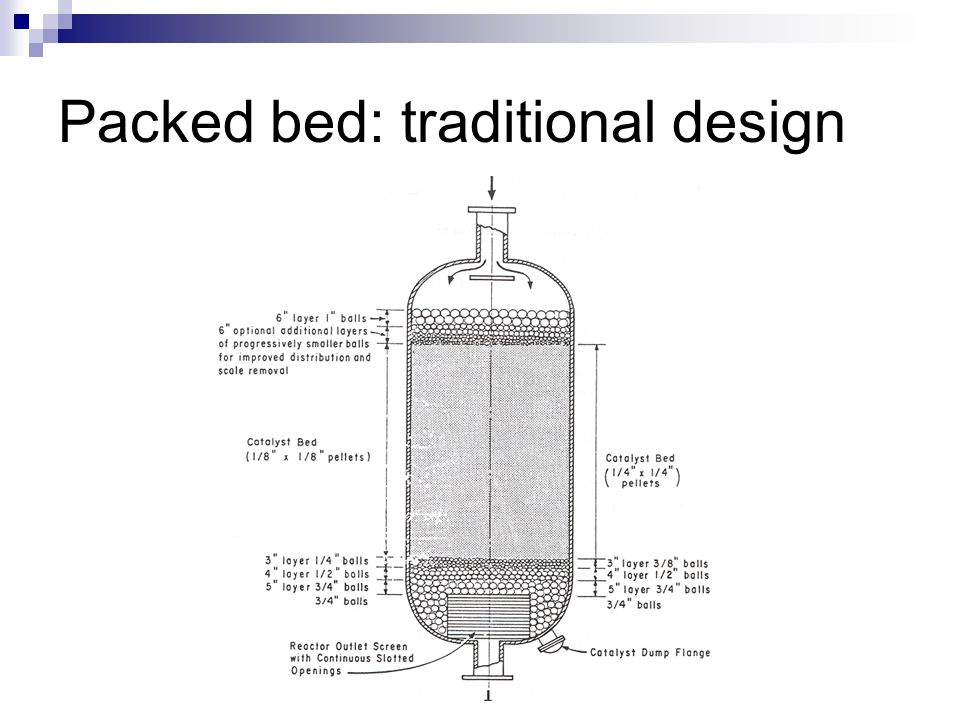All the duties and quantities enlisted in the preceding message (#200) are in good agreement with the values we have calculated so far. However one figure seems to be controversial which is as follows:
Generating that 56.66 kmol/h HPS from 242 oC BFW (and taking into account 5 % CBD at 257 oC) requires a duty of about 497 kW.
As far as we remember the BFW after being preheated to 242 degrees Celsius enters the steam drum (which is a part of the black box), which I think is responsible for the 15 degrees Celsius increment thereby taking the BFW to 257 degrees Celsius after which the partial vaporization begins (message #199). If the SD is responsible for that 15 degrees C increment we cannot consider the flue gas to impart 491 kW of duty. In that case we calculated 475 kW of heat duty required for 30-242 degrees Celsius for BFW. This is true only if we consider the SD to be outside the convection section.
The cause of temperature difference obtained in heat integration using ASPEN ENERGY ANALYZER has already been pointed out by you in message #195.
Design is usually for a vaporization of 20 % or so
How do we decide the vaporization percentage ? What are the factors responsible for calculating the vaporization percentage ?
In message #199 you mentioned that the heat exchange in the convection section does not utilize conventional heat exchangers. What type of equipment are employed then for heat exchange in the convection section of the furnace ?
Edited by MurtazaHakim, 23 April 2018 - 05:05 AM.

 FB
FB













